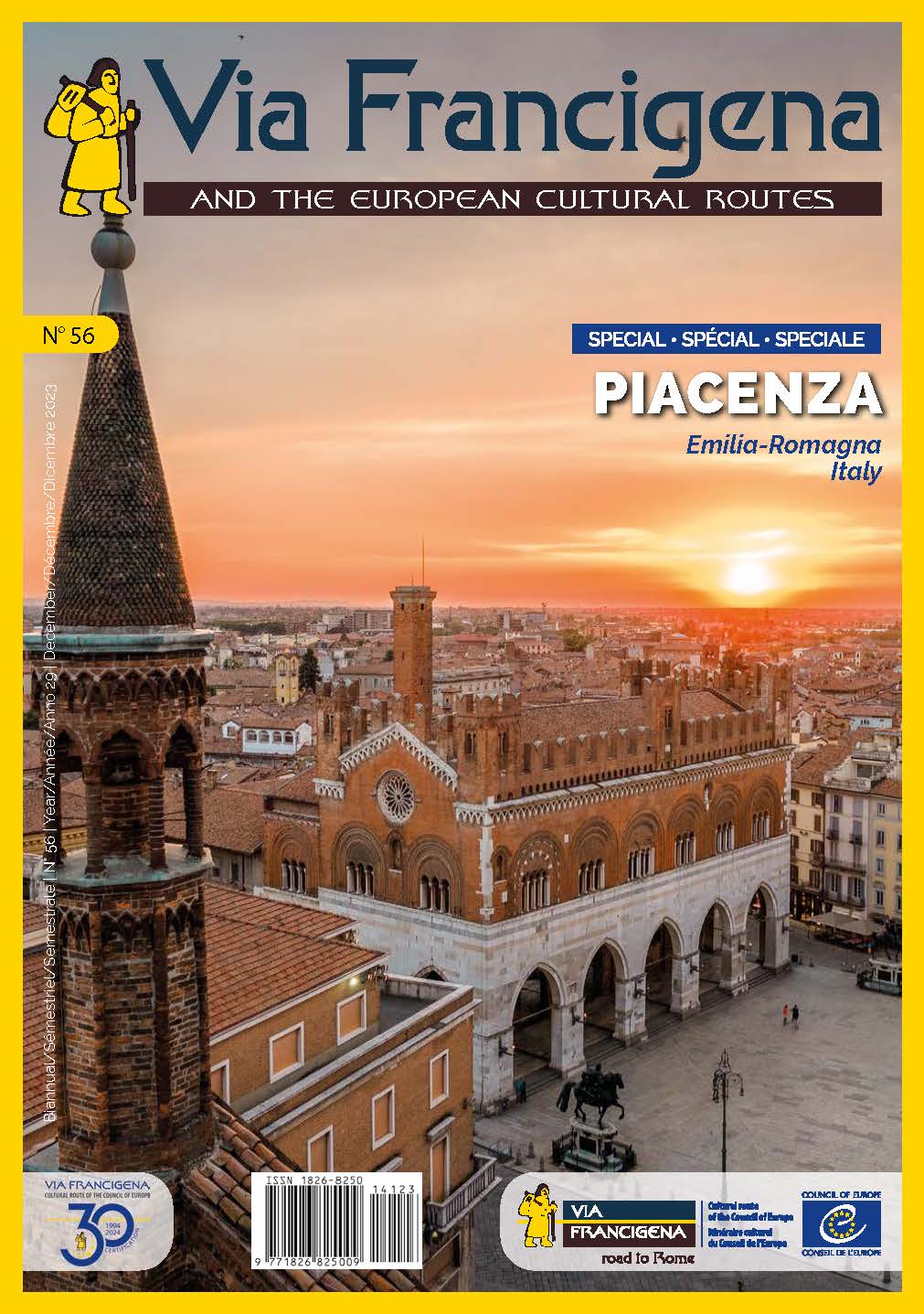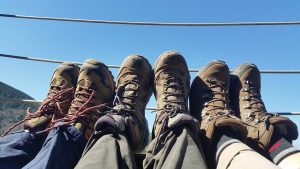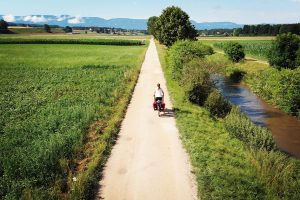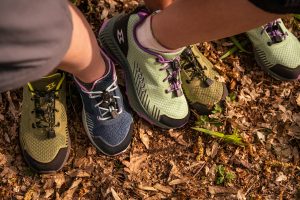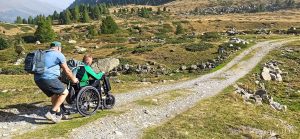Choosing your clothes for a multi-day walk, or even a one-day hike, is one of the most important aspects of an outdoor adventure. Just as it is of fundamental importance to opt for a suitable backpack and shoes, it is equally decisive to choose well what kind of clothing you’ll be wearing during your walk. We asked Matteo Corrado, creator and brains behind the Italian brand CAMCO and a fervent trekking enthusiast, for some advice to help prepare for our next adventure along the Via Francigena.
Choosing technical clothing for a walk (of one or more days)
There are numerous aspects to take into consideration when choosing the clothing to bring with us: all of us who walk with a backpack on our shoulders know how important it is to reduce the weight of what we carry as much as possible.
When it comes to clothing, it is therefore important to consider the weight of the garments and how many we are bringing with us on our journey. Of course, if we are talking about t-shirts and shorts, if we don’t pay attention to the weight of each individual garment we will lose a few grams here and there. But the number of t-shirts and shorts we carry certainly has a bigger impact – also in terms of the space that they occupy in our backpack.
Bringing garments made of a fabric that is light, but which still manages to guarantee high performance, is a wild card to play.
But what kind of performance is important for us Via Francigena pilgrims? On the podium I place the following three characteristics:
- Comfort to the skin, meaning a soft, thermoregulating fabric with excellent body moisture management, and which is highly hypoallergenic and breathable;
- Practicality: the fabric’s ability to prevent the proliferation of bacteria and the consequent onset of unpleasant odours. This allows the garment to be worn for several days in a row even if you don’t have the opportunity to wash it at the end of the day, meaning you will need to bring less garments in total for your journey. And of course garments should be resistant to dirt and quick-drying;
- UV protection.
These characteristics are not limited only to the technical side of garment, but it is part of a broader discourse: if your t-shirt has a more casual look, without flashy or fluorescent colours and graphics like many other hiking clothing, it can easily be worn in the evening after you finish your daily stage of walking. Limiting once again the total number of garments we have to bring with us.
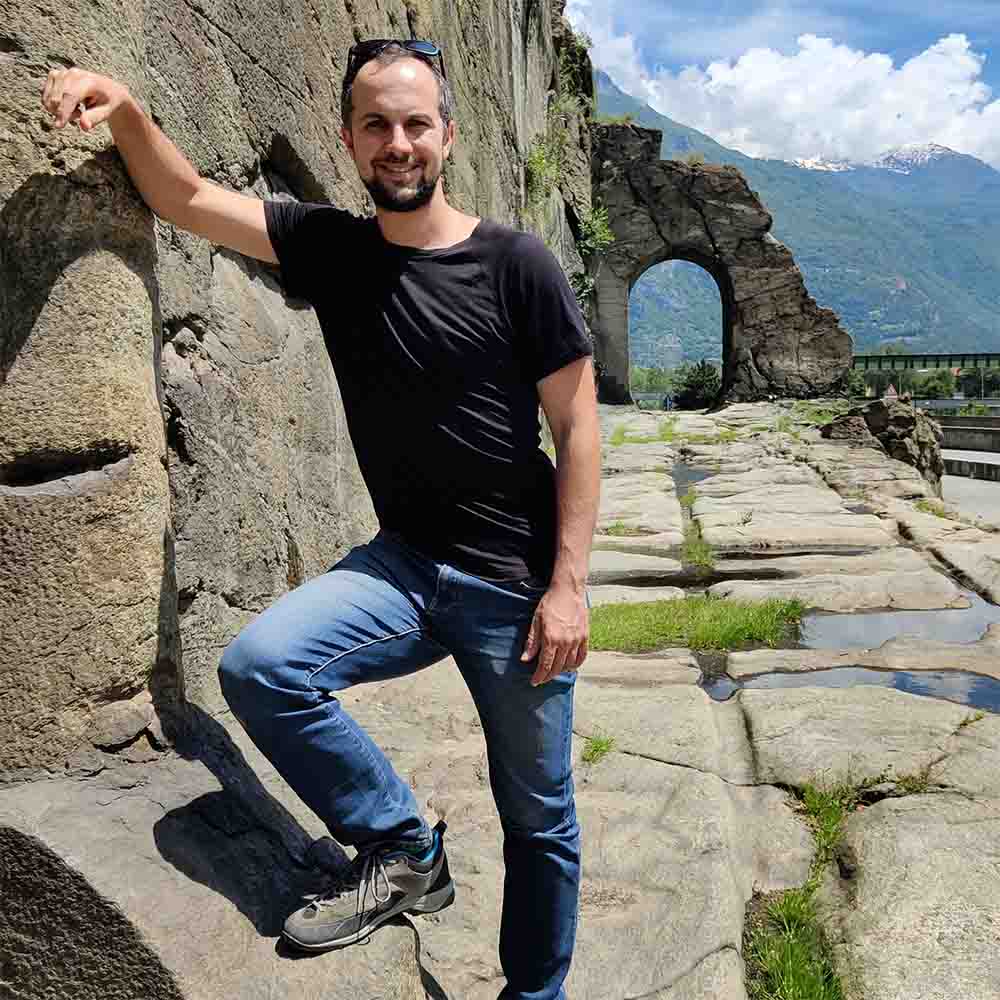
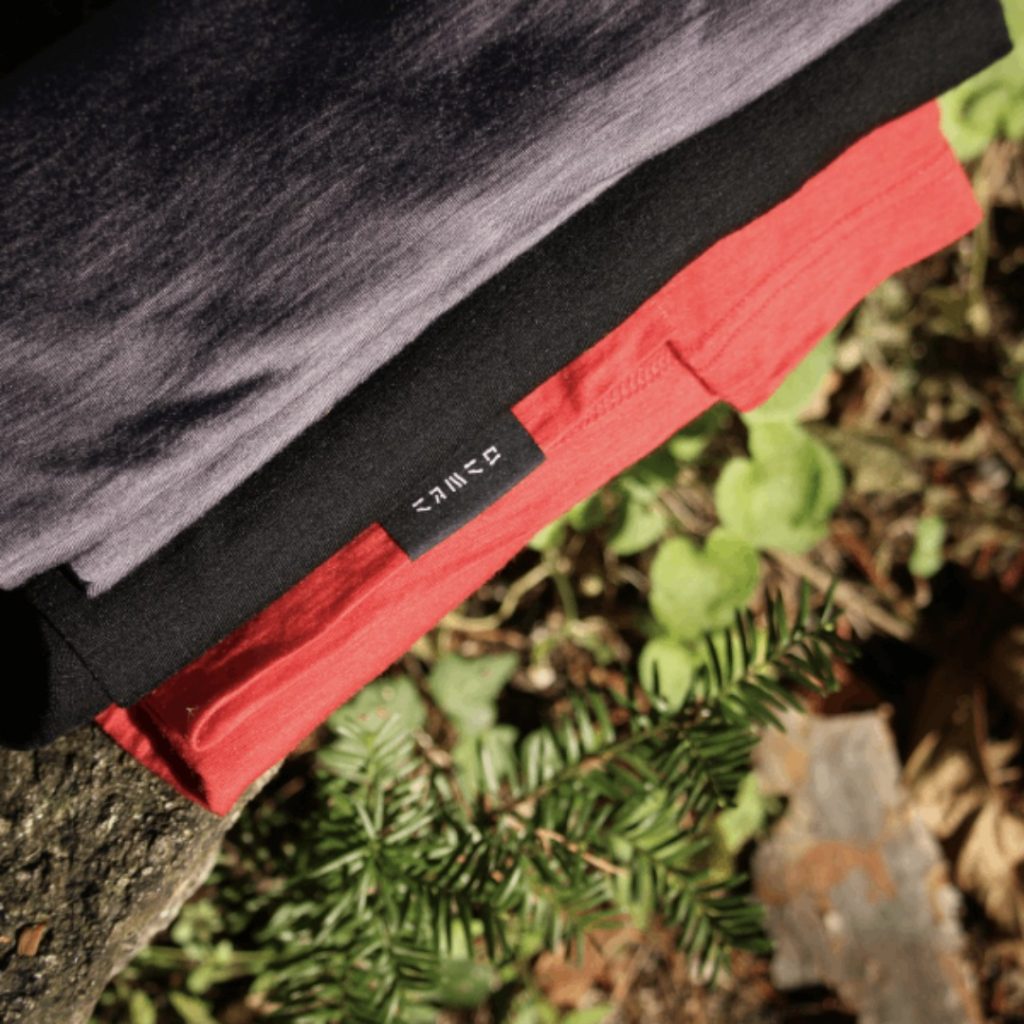
The many advantages of a merino wool garment
Merino wool, as well as TENCEL™ fibres (which make up 50% of the fabric of CAMCO products, alongside the 50% made up of extra-fine, organic and mulesing-free merino wool), has all the properties listed above.
But what is the advantage over a technical garment made of synthetic fibres? A garment from this second category has only three of the qualities listed above: resistance to dirt, fast drying and UV protection.
With synthetic fibres being, in most cases, a by-product of oil refining, it’s safe to say that the idea of having petroleum processing products in contact with the skin can’t be really appealing. Do you want to walk in nature wearing chemicals? Polyester, the most widely used synthetic fibre, is part of the PET family – the plastic used for soft drink bottles, to be precise.
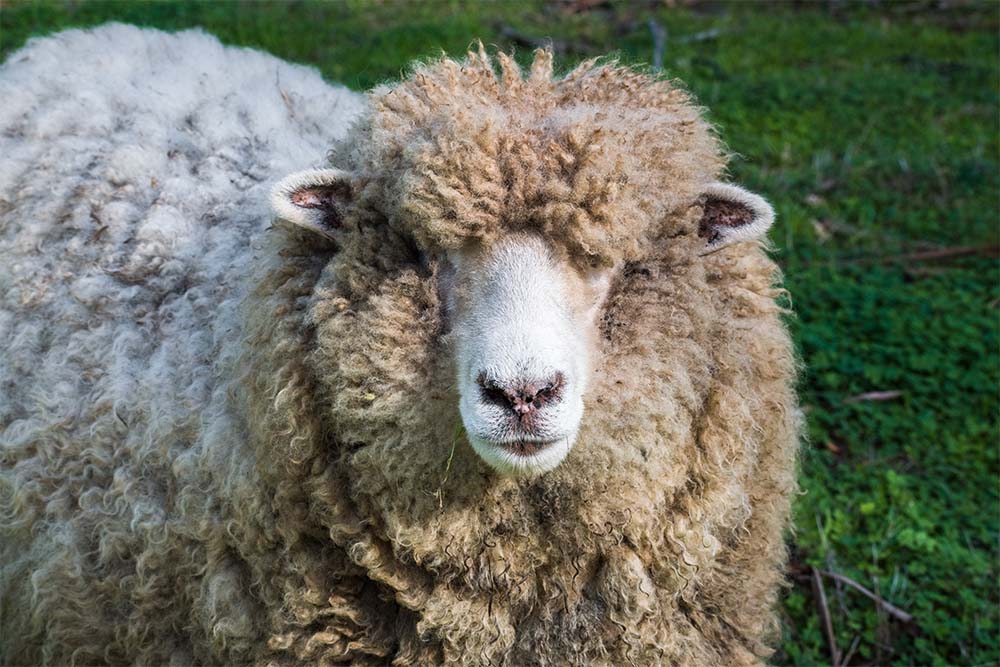
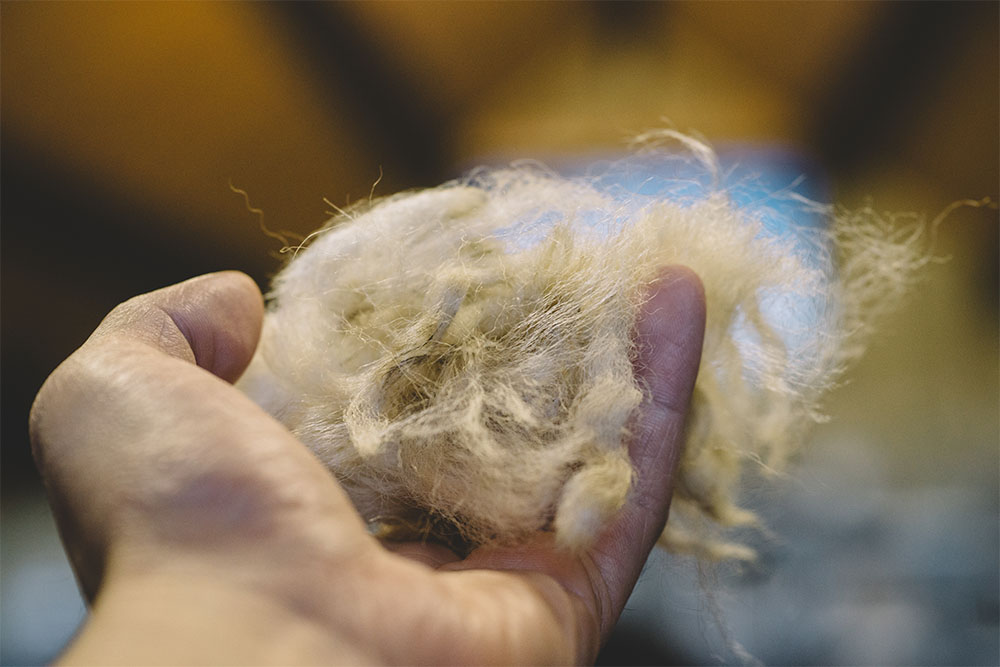
We hear about sustainability all the time, but how can we recognise a truly ethical brand?
Unfortunately in recent times a lot of talk about sustainability is actually a form of greenwashing.
Often small sustainable actions are highly advertised with great emphasis, when everything else about that specific product or service has very little to do with sustainability.
Basically, to get a better idea of the sustainability of a piece of clothing, you have to take a close look at the fibres it’s made from, where the garment come from, the production process, how they behave during their use, what happens at the end of their life… and also the business model.
Since there are so many types of fibres and productions, I will emphasise in what way CAMCO products are sustainable, in order for you to get an idea of how it might work for other garments.
CAMCO products, to begin with, come in only 6 different kinds, they do not follow fashions and we do not think in terms of seasonal collections. They have simple designs precisely because the focus of the business model is sustainability combined with quality and ethicality, to create products that do not go out of fashion.
➡️ Click here to obtain a 20% discount on Camco merino wool garments
The fabric used is a mix of only two fibres: 50% TENCEL™ and 50% extra-fine merino wool, GOTS-certified organic and mulesing-free. TENCEL™ is the trade name given by the Austrian company Lenzing AG to the generic lyocell fibre when it is produced by them.
You can visit Lenzing’s website and discover how virtuous this company is when it comes to sustainability – so much so that it has been awarded by the European Commission for their efforts.
To summarise their approach: the wood used for the production of TENCEL™ fibres comes from sustainably managed forests and the closed-loop production process recovers 99% of solvents, using a limited amount of water and energy. Furthermore, it is a biodegradable and compostable fibre.
The extra-fine merino wool we use is GOTS-certified organic and mulesing-free, and these two aspects are especially related to the ethicality of CAMCO’s choice.
Extra-fine merino wool is a natural, animal-derived, regenerative fibre. It periodically regrows on the body of sheep, it only needs water and grass, if we want to simplify.
The fact that it is organic and mulesing-free, on the other hand, is an ethical choice, linked to the well-being of the sheep.
As for the sustainability of fibres during the life of the piece of clothing: there are fabrics made of recycled synthetic fibres, and this is fine because on the one hand you avoid producing new ones and on the other hand you put them back into circulation without them ending up in some landfill. However, there remains the problem of the release of microplastics during washing. And because products containing synthetic fibres are still a long way from preventing the formation of odours, they therefore often require washing.
Once the product has reached the end of its lifespan, there is also the problem of disposal for synthetic fibres, being – to simplify, but not too much – plastic. CAMCO products are after all composed of sheep fleece and wood. Their fate is therefore less problematic than that of common technical garments made of synthetic fibres.
A final point I would like to make concerns labels.
Often in our good intention of wanting to wear fibres of natural origin, we choose garments advertised as “100% merino wool”. Well, I have often noticed, as a consumer in pre-CAMCO times, that this wording, if not incorrect, is often certainly misleading. Whether it is incorrect I leave to one’s own judgement. The point is that many times this statement refers to the fact that 100% of the wool in the garment is merino wool, which however doesn’t necessarily mean that the garment is made 100% from wool.
Needless to say, the other fibres in these garments were often synthetic in nature. I therefore invite you to always be careful when choosing what you put in contact with your skin.
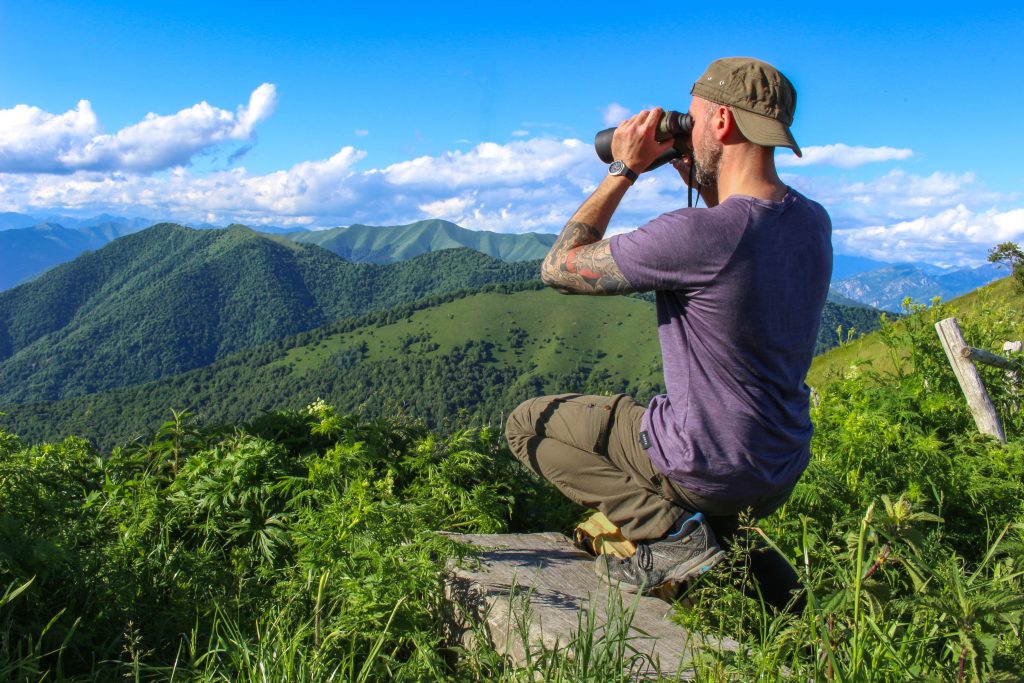

What motivated you to create the Camco brand?
Years ago, I used to buy clothing from a British manufacturer, made from a fabric similar to the one now used by CAMCO, whose production took place in Portugal.
At some point this production was moved to South East Asia.
The brand emphasised that the foreign manufacturers were still required to meet their sustainability standards, but if you move to the other side of the world it is because you are sacrificing something by virtue of a higher margin. Whether it is less protection for workers or the environment, someone pays the price. Workers, or the environment, or both.
At that point I stopped being their customer and thought that other consumers might have been as disappointed as I had been, and I thought of proposing something similar.
This time, however, it would not be enough for me to produce in Europe. While I was at it, I wanted a truly 100% Italian production process.
CAMCO is not the classic situation where only one part of the production process is carried out in Italy so that the “Made in Italy” label can be used: from the yarn to the finished product, the entire production process takes place in Italy.
Weaving, dyeing, purging, and finishing happens in Veneto; packaging in Apulia.
The cardboard boxes – which do not use glue – with the flyers inside are produced 10 minutes away from CAMCO’s headquarters, while the polyethylene bags in which the garments are placed are made of 100% recycled and recyclable material and produced in the province of Varese. For future productions, the goal is to also move the production process that currently take place in Veneto and Apulia within a few kilometres of the CAMCO headquarters.







